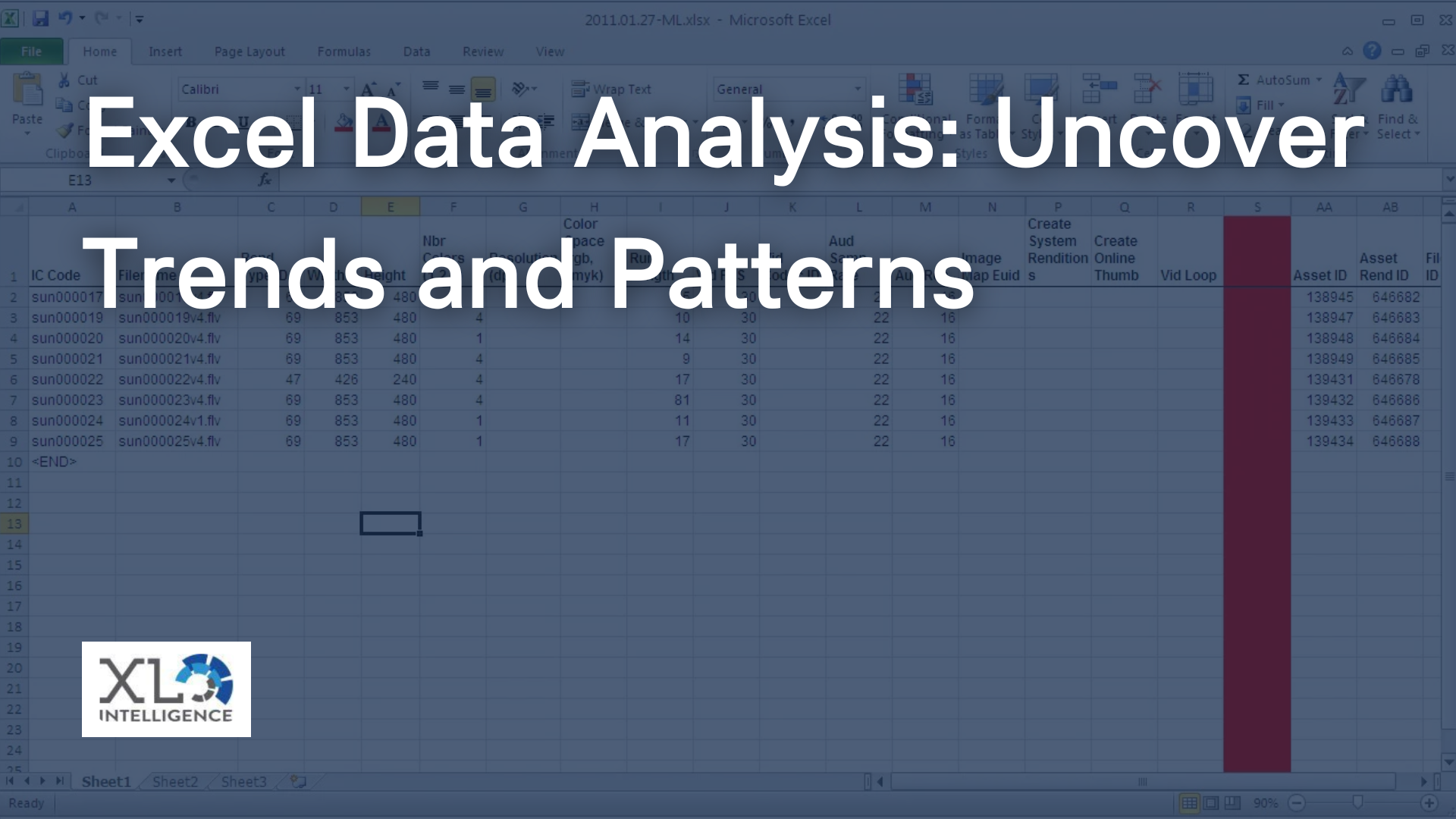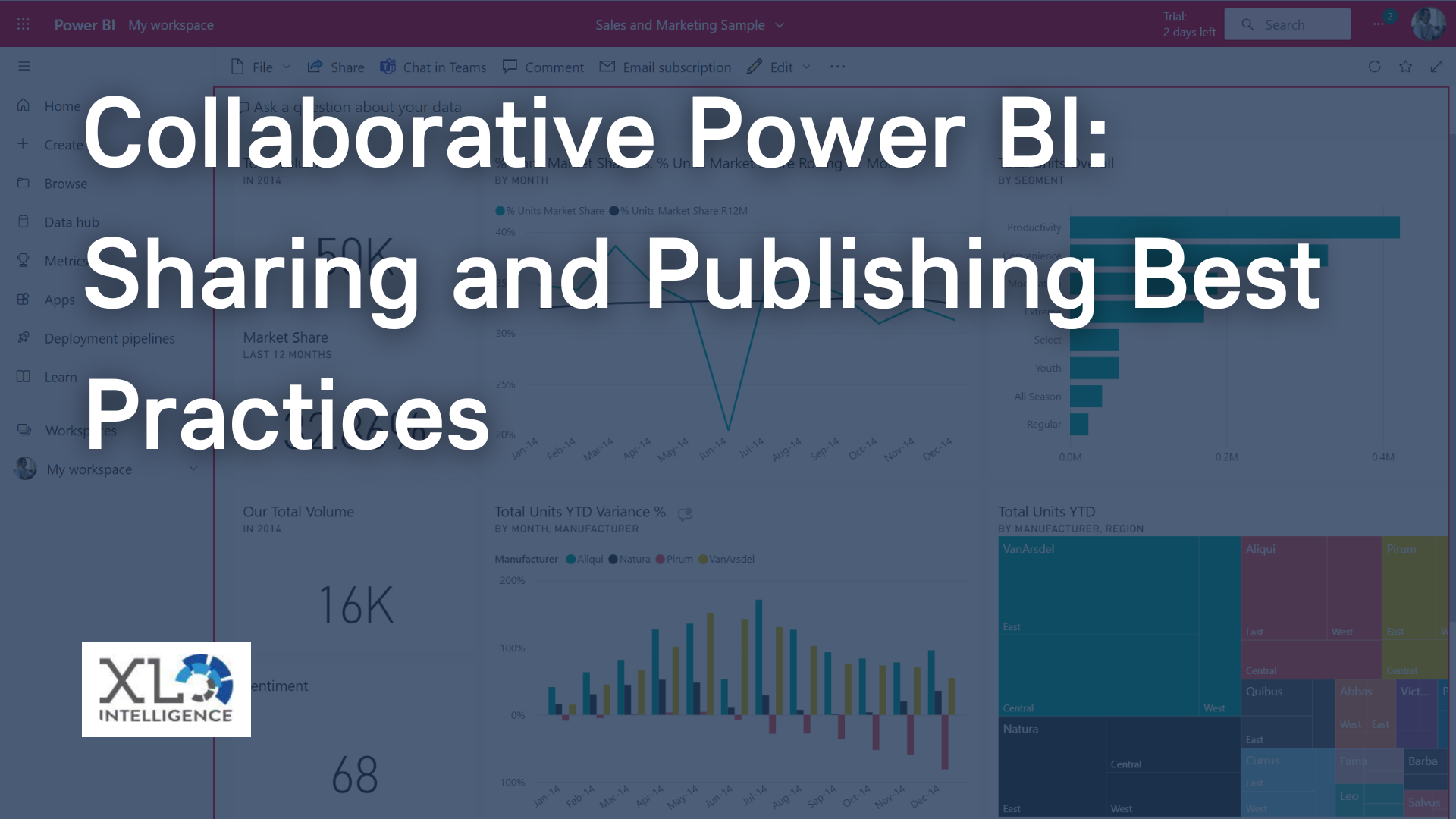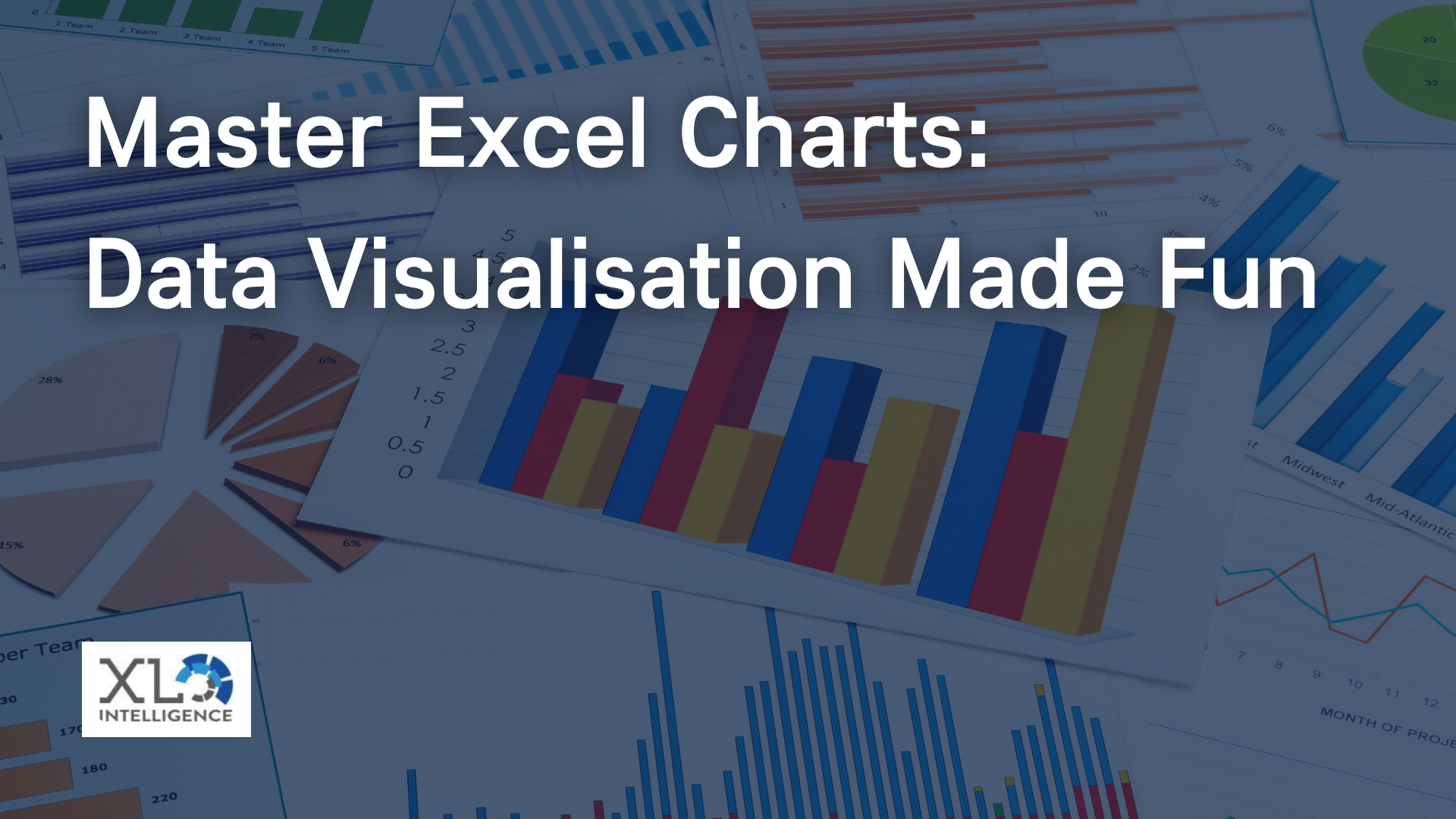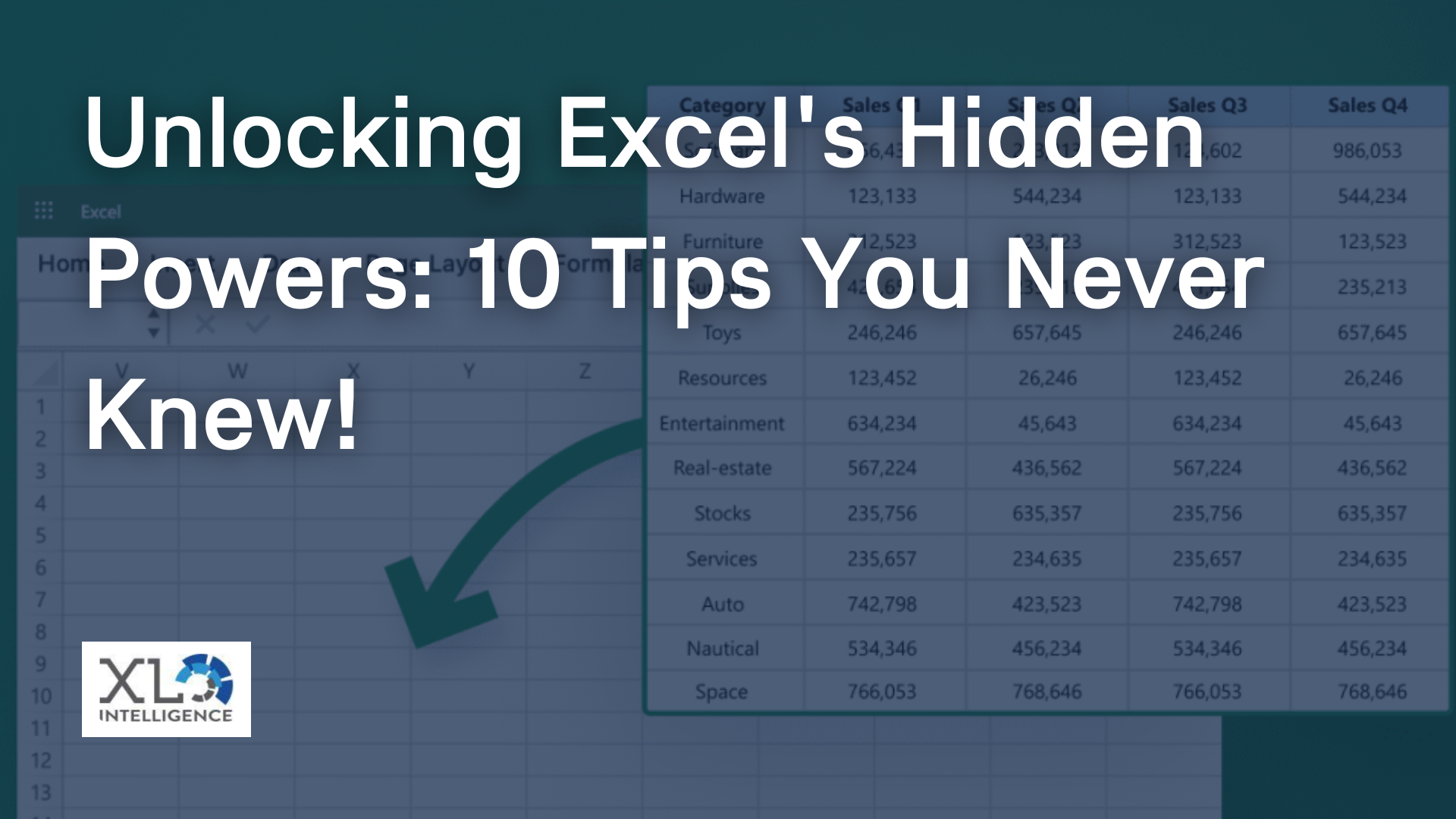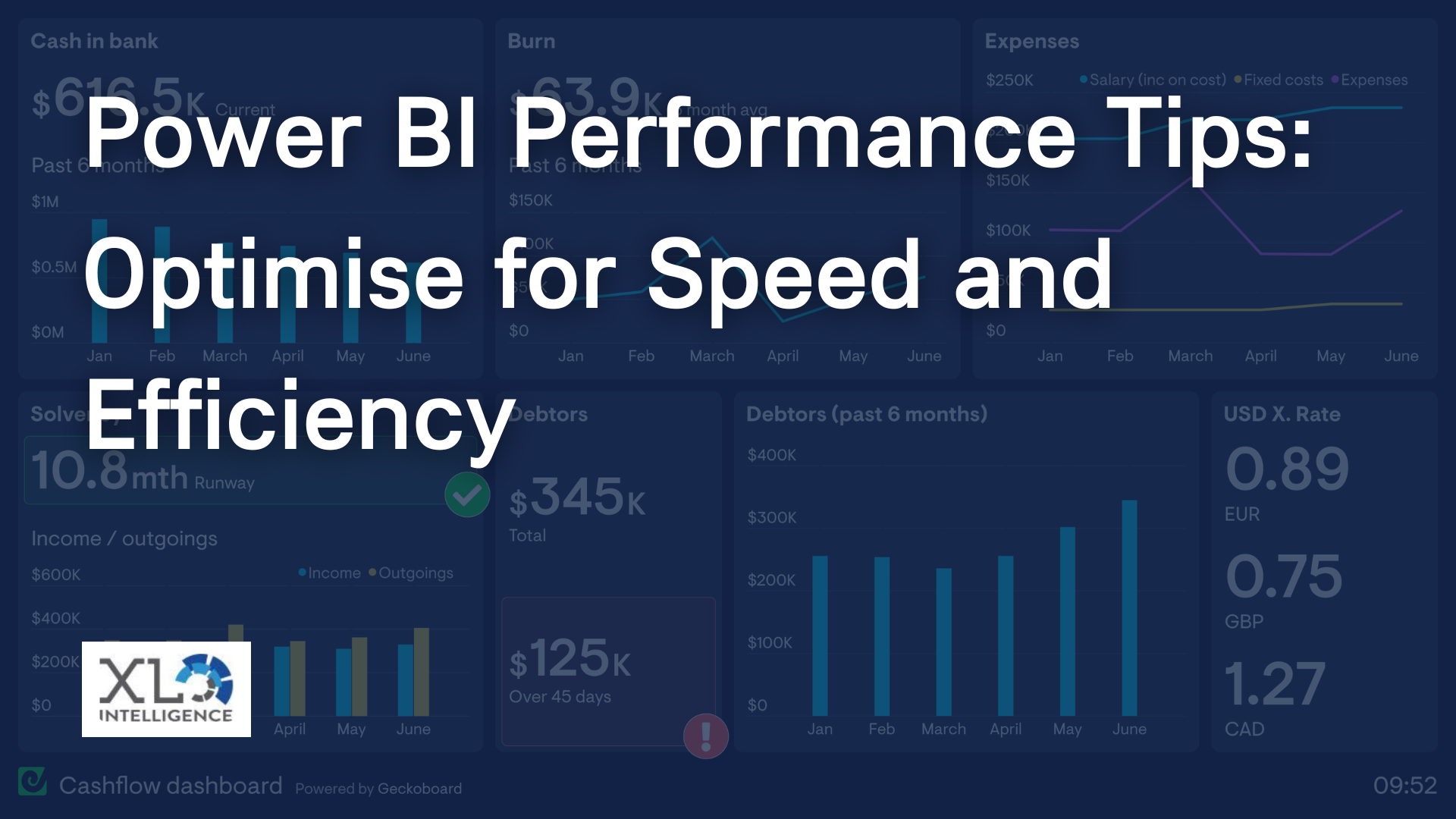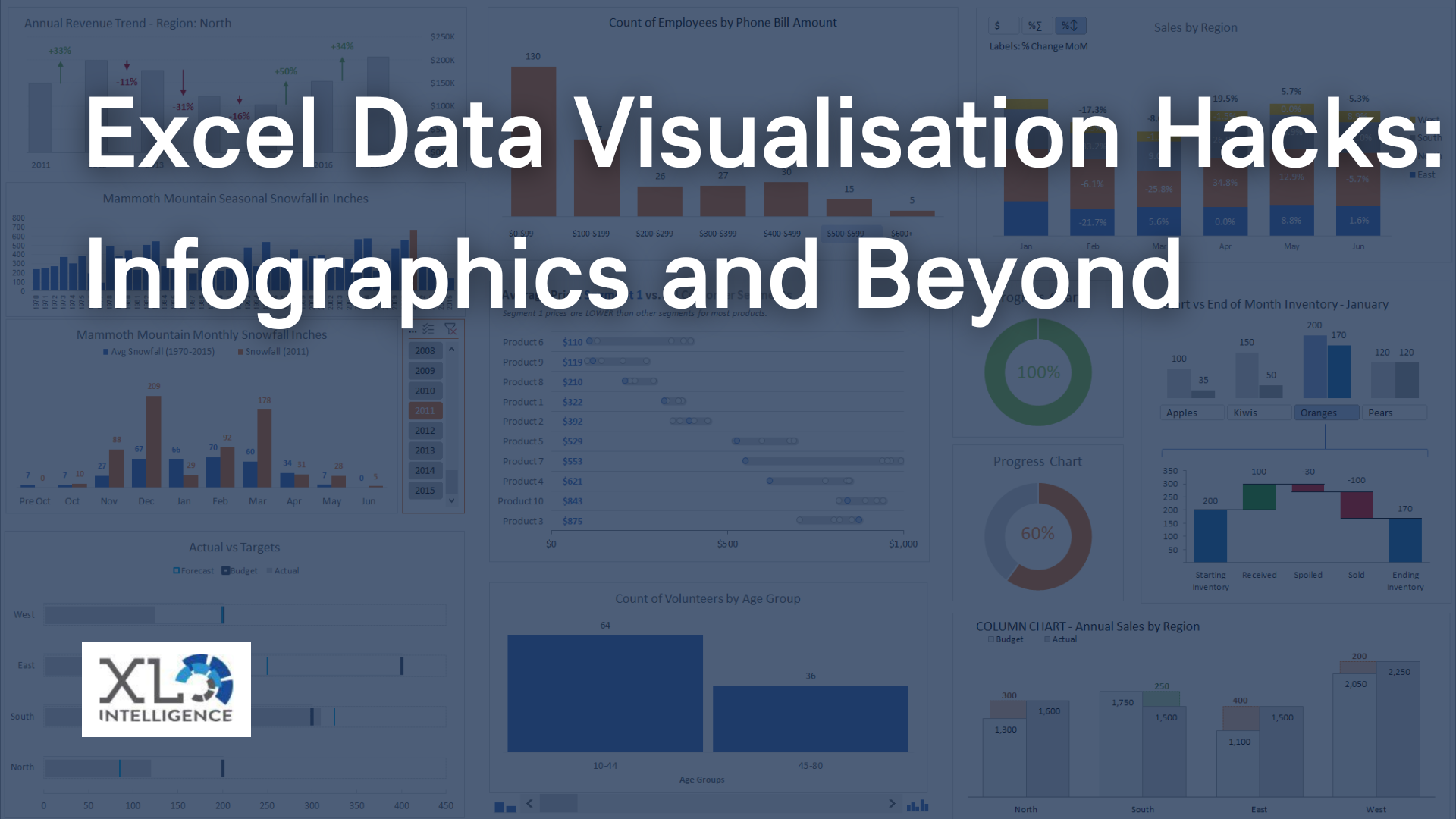Learn How to Create Powerful Visualisations in Power BI.

Power BI has revolutionised the business intelligence world, enabling businesses to transform raw data into meaningful insights that drive better decision-making. Data modelling is one of the four pillars of Power BI report development. It allows you to connect different data tables in your Power BI report by creating relationships between them. Here are some helpful tips and best practices to improve your data modelling skills, which will greatly enhance the effectiveness of your reports and the clarity and usefulness of their outputs.
Here at XL Intelligence, we offer training courses on both Microsoft Excel and VBA and Microsoft Power BI, many of which cover some very specific elements and features of both programs. Ready to book? Click here now to enrol on one our courses.
Why Is Data Modelling Important?
A data model is the foundation of analytic reporting. It provides structure and order over information that might otherwise be chaotic and untrustworthy. Loading data into a properly designed model ensures that it conforms to some essential rules that provide better performance, reliability and accuracy. It also provides a clear understanding of the data relationships, enabling users to create insightful and meaningful reports.
Best Practices for Data Modelling in Power BI
Here are some best practices to keep in mind when creating your data model in Power BI.
1. Star Schema Approach
The star schema approach is the most commonly used schema in Power BI. It involves having one fact table connected to multiple dimension tables. The fact table contains the measures, while the dimension tables contain the attributes.
2. Waterfall Approach
The waterfall approach is an alternative schema that can be used in Power BI. It involves building tables one at a time and creating relationships between them as you go. This approach can be helpful when dealing with complex data models.
3. Use The Manage Relationships Dialog
The Manage Relationships dialog in Power BI allows you to view, create and modify relationships between tables. It's an essential tool for ensuring that your data model is properly connected.
4. Set The Key, Cardinality, And Direction
When creating relationships between tables, it's essential to set the key, cardinality, and direction. The key identifies the column that is common to both tables, while cardinality defines the type of relationship between the tables. The direction defines which table is the primary table in the relationship.
5. Measure Tables Key Columns
When creating measure tables, it's important to define key columns. These columns are used to create relationships between the measure table and the dimension tables.
6. Data Columns Must Have a Source Column
It's important to ensure that all data columns have a source column. This ensures that the data is properly sourced and is not duplicated.
Data modelling is a critical component of Power BI report development. A well-designed data model ensures that the data conforms to essential rules, leading to better performance, reliability, and accuracy of the reports. Improving data modelling skills can significantly enhance the effectiveness, clarity, and usefulness of the reports and their outputs. In this context, it is recommended to use the star schema approach, which is a widely adopted approach to designing data models, and the waterfall approach. Additionally, some best practices to keep in mind when creating a data model in Power BI include filtering unused rows in the query editor before loading data, having a date table in the data model, and reviewing the relationships between the tables. A well-designed data model is like the foundation for a house, and getting it right can significantly improve the overall success of a Power BI project.
Click HERE to read the latest news on Microsoft Excel, VBA and Microsoft Power BI.
Get in Touch
We will get back to you as soon as possible.
Please try again later.
We specialise in Advanced Excel training, Dashboard development, Data Analysis, Power BI and VBA. We also provide training with, both standard and customised courses to suit your organisation’s needs.
Quick Links
Address
2, 26 Linden Gardens London W2 4ES
Phone
07737 707 548
by SEO Local Services | All Rights Reserved | XLIntelligence





